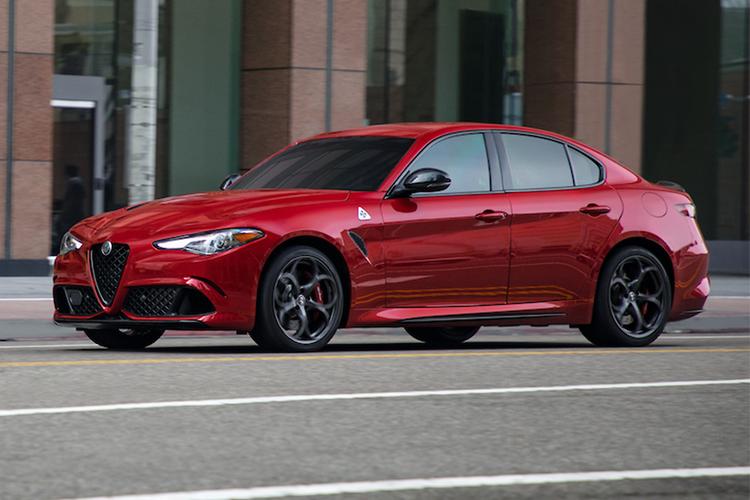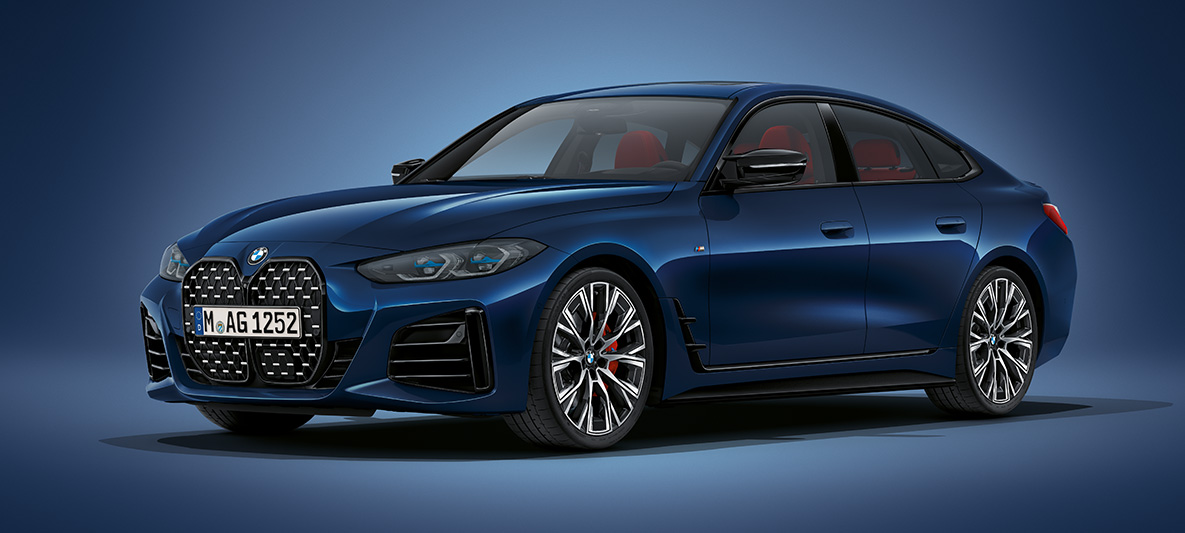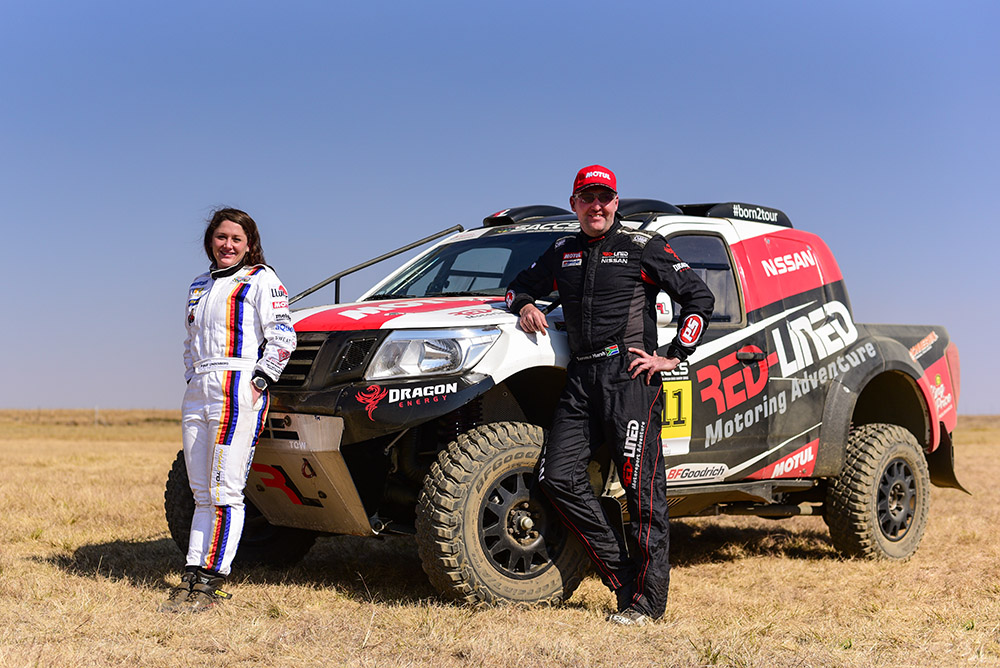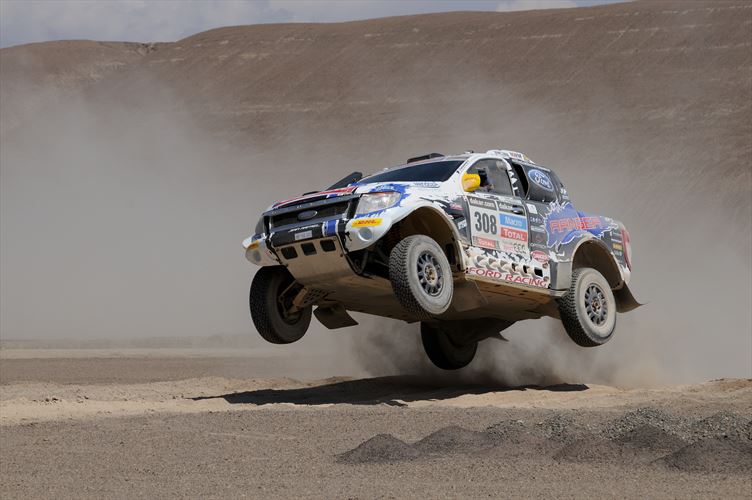Text: Pieter Oosthuizen
Photography: MB Australia
Our driver, Martin Breuninger, Geschäftsführer (managing director) of Mercedes-Benz’s official off-road department in Germany, did not hesitate when I asked him what it was that impressed him most about the Geländewagen – if he had to mention one characteristic.
“It is like your gemsbok in the Namib dunes. Back home it is like our mountain antelope? a wonderful climber!”
The good news for southern African 4×4 enthusiasts, overlanders and those who want to make a serious 4×4 statement, is that the iconic “G-wagon” is not simply down south for another test drive. It is here to stay – for a while, at least. It will be available in three models, albeit with a price tag ranging from very high to extremely high.
For the first time, and 12 years after the Geländewagen was sold as a 290GD back in 1999, local buyers can order the “basic” G300 CDI Professional, a second turbo-diesel model, the more luxurious G350 BlueTEC, or the oil sheikh’s favourite, a G55 V8 AMG flagship. All of them come from Graz in Austria, where more than 200 000 of these vehicles have been hand-built since the late seventies.
Now in its 32nd year of production, the Geländewagen has remained a legendary 4×4, thanks to its reliability, robustness and extreme off-road ability. It is widely used by defence forces, while in civilian form it retains its image as a classy but rough and ready expedition vehicle.
According to product chief Axel Harries, the Geländewagen “is more alive than ever”.
He says 80 defence forces worldwide use it, and 75% of the vehicles originally sold are still doing the job.
“We cannot ignore the right-hand drive market, since it has shown there is great demand.”
Just recently the Australian Defence Force decided to overhaul its tactical vehicle fleet and ordered 1200 specially produced G-Class vehicles with 4×4 and even 6×6 drivetrains.
India has also become a good customer and all this has led to South Africans being given the opportunity to get their hands on the right-hand drive version.
An American market boom has injected even more life into the G-Class.
With prices starting at about R800 000 and topping out at close to R2-million, the G-Class will remain what it has always been for most enthusiasts – a nice dream. When Eckhart Mayer, Mercedes-Benz SA’s divisional manager, was asked at the launch venue in Namibia about the stiff pricing, he said customers should realise that this is a hand-built vehicle with an enviable record for reliability.
Because of its capabilities as a luxurious SUV and seriously rugged off-roader, the very compact Geländewagen does not really have a specific direct rival in South Africa. It is a case of one against all the others. It can be compared with the Land Rover Defender, the Discovery and the Range Rover Sport, to name but one competing brand as an example.
Because of its price, the G-Class is in a class of its own. And that is exactly what the people at Mercedes-Benz wanted.
The three models bring with them a good variety of power and torque for off-road prowess and open road drivability.
In the G300 Professional, with 135 kW and 400Nm, and the G55 AMG (373 kW and 700Nm), power is sent to all four wheels via a five-speed automatic gearbox, while in the G350 BlueTEC (155 kW and 540Nm), the impressive 7G-TRONIC gearbox does the job.
All three models now use buttons on the instrument panel and central console to switch to low range on the move, thanks to an all-synchromesh transfer case, and to engage the three fully lockable differentials: transfer case, front and rear.
According to Harries, this has been one of the major changes since the Geländewagen was last in SA.
“Even after 31 years the G-Class is still very much unique in the Mercedes-Benz stable,” says Harries. “It was only in the nineties that it became really civilised, with ABS brakes and three lockers. In 2000 it had a major facelift and it has stayed like that until today, apart from a couple of small changes.
“Electronically, the 461 series has benefited a lot from the 463, since the G300 used to have a manual lever for activating its diff locks. We have also made the body more corrosion-proof, and emissions are now down.
“The only area that has not been tampered with is the basic form of the vehicle. Over the years customers have reminded us that the compact styling is one of the Geländewagen’s most endearing characteristics.”
More than three decades ago I left the SADF with very favourable images of two tough troop carriers – the Unimog and its successor, the armoured Buffel. They were the ultimate 4x4s.
But it was around that time – back in civvie street – that I saw pictures of and read about the newest addition to other defence forces far, far away.
Driving the new Geländewagen in a variety of conditions in Namibia was a dream come true. If you like the expedition-ready shape of the Defender and the Land Cruiser 76, you’ll definitely fall in love with this Merc.
But don’t be fooled – at way over two tons, this “little” boxy 4×4 is heavy. It felt heavy in camber driving in the dune belt between Walvis Bay and Swakopmund and the steering also felt heavy, even away from the thick sand. And the throttle response in the G300 felt on the heavy side. This three-litre turbodiesel engine is also a lot noisier than the one in the other model at the launch – the G350 BlueTEC.
The G300 gear selector lever looked and at first felt like a gear lever for a manual, and the front seats do not give the same support as those in the G350. But you’ll just love the low window sill and high sitting position behind the wheel, from where you not only have a perfect view of the vehicle’s nose but – thanks to large windows – great all round visibility.
Both models felt solid and compact, with superb weight balance between the two axles. No leaning and heaving in corners or when 4×4-ing, or diving during hard braking. The centre of gravity felt perfect and precision driving will always be easy.
Thanks to the all-terrain tyres, the G300 will have even better ground clearance than the stated 213mm, while approach and departure angles are 36 and 31 degrees respectively. The vehicle is 4680mm long, with a wheelbase of 2410mm and a 1460mm track. Its ramp angle is 23 degrees and fording depth 600mm. It’s even got special drain plugs in the floor, for those especially deep water crossings.
The G350’s 7-speed box handles the 540Nm of torque very smoothly and the quietness of the engine impressed.
The BlueTEC model has two fuel caps near the back. It uses Merc’s special adBlue to help reduce nitrogen oxide emissions. This is an aqueous urea solution which is injected into the exhaust system. The process releases ammonia, which converts up to 80% of the nitrogen oxide into harmless nitrogen and water. One full tank of adBlue is good for around 12000km. CO2 emissions are 297 g/km.
We also had time to put the G-Class through its paces in the Landscape of the Moon in the mountainous valley of the Swakop River, which was flowing at the time.
Afterwards, Martin Breuninger and a colleague took us to a remote granite koppie past the Walvis Bay Airport to show how the Geländewagen handles rock climbing. It was here, as a passenger resembling a fly clinging to a 40-something degree wall, that I asked him the question he was hoping someone would ask. That question about the one characteristic about the Mercedes that impresses him most.
It is obvious that Mercedes-Benz has always felt the need to provide the customer with a rough and ready model that is basically expedition ready, albeit on the expensive side. Hence the G300. It has four individual seats, no radio/CD player or electrically adjustable side-mirrors or electric windows, cup holders or a solid luggage protection net behind the second seating row. But there is ABS. And one airbag.
Most importantly, it’s got a 96-litre fuel tank and comes with the same driving system as those in the other two models available to South Africans, with two rigid axles with high torsional flexing, long spring travel, permanent four-wheel drive and three 100% differential locks.
Standard equipment in the G300 consists of recovery points front and rear, a swivelling reading lamp on the dash for the co-driver; two 24V and one 12V power sockets in the instrumental panel and central console, outside temperature gauge, stowage boxes at the side under the front seats, three 60 Ah batteries, a 14V 180A alternator, high air intake (snorkel) on the driver’s side, all-terrain tyres, additional protective coating for the axles, fuel filter with integrated water-separator, air filter wear indicator, radiator and oil sump shield, range-adjustable headlights, front fog lamps and heat-absorbing tinted glass all round.
You can add, at extra cost, a service plan (R23 750), electrically adjusted and heated side-mirrors, headlamp cleaning system, heated front seats and the seat comfort package (inclination adjustment), load compartment in wood finish with C-rails with four anchoring lugs and six mounting points along the wheel arches, and luggage nets on the back of the front seats, as well as a double back door.
The G300 is available in three different non-metallic colours and six metallic colours, while interior trim consists of synthetic padding in doors and black checked fabric upholstery for the seats. According to Mayer, this model will also be available as a cab/chassis import for the commercial market.
Unlike the G300, the BlueTEC and AMG models come with Merc’s MobiloDrive 120 maintenance and service plan and these vehicles have all the bells and whistles: Electronic stablility, traction control and Hill Start Assist, bi-xenon headlights, automatic, heated exterior mirrors in vehicle colour, front and rear bumpers in body colour, headlight washers, cruise control, multifunctional steering wheel, electrically adjustable and heated front seats with occupant sensor, a crash-active headrest system, electrically adjustable steering wheel, power windows, dust and pollen filter, automatic climate control and ultrasonic reverse aid, a 20 CD unit with an integrated 6-disc CD-changer and a Harman Kardon Logic 7 surround system with 12 loudspeakers and 450 Watts output.
The back seat can fold in a 1/3:2/3 configuration and there are two 12V power sockets in the front of the cabin and another one in die luggage compartment. These two models come with a 90Ah battery.
The BlueTEC interior comes with black leather and burred walnut trim on the panels, seats, gear selector lever and steering wheel. In the AMG you’ll find unicoloured leather and anthracite poplar wooden trim.
Both models are available in two non-metallic and 11 metallic paint colours, while on the inside there is a choice of three trim colours in the BlueTEC and seven in the AMG, on top of the latter model’s standard black colour. There is also a choice of eight wooden trimmings for the flagship model.
On top of this, the AMG also gets – as standard specification (optional in G350) – a tyre pressure monitor, the COMMAND APS multimedia system with HDD navigation and track recording when leaving digitised areas, voice control system, hands-free phone, rear seat heating, electrical sliding roof, flared wheel arches, AMG exhaust system with twin side-vented chrome tailpipes, the “comfort package” (seat contour for front seats plus seat ventilation), the stainless steel package (running boards and spare wheel cover) and the chrome package (inside and outside trim).
A reversing camera and entertainment for the rear seat passengers are optional in the G350 and AMG.
For the price of the entry-level G Class in South Africa, you could buy some serious SUVs such as a Volkswagen Touareg V8 TDI, Toyota Land Cruiser Prado 3.0 Diesel VX Auto, Land Rover Discovery 4 TDV6 3.0 HSE, Nissan Patrol 4.8 GRX, Jeep Grand Cherokee 5.7 Overland or a Porsche Cayenne Diesel.
But there is only one G-Wagon – the unique 4×4 that may become a collector’s item sooner rather than later.
Thanks to the Shah…
In the 1970s Daimler-Benz, in conjunction with the Austrian company Steyr-Daimler-Puch, decided to design, develop and build a vehicle mainly for its off-road capabilities, and in 1974, tests were done in the Sahara and Arctic Circle.
Design and construction of a 4×4 that could handle the tight forest tracks and ensure precise driving took place in Stuttgart, while production was in Graz.
During this decade the German Defence Force were looking for a light, tactical four-wheel drive vehicle – something on the lines of the Land Rover of the time. They decided on the Iltis, built by Volkswagen and a winner of the Paris-Dakar Rally.
The big break for the German/Austrian partnership came when the Shah of Persia ordered 20 000 Geländewagens for his army and police force, but the order was later cancelled because of the political upheaval that led to the ousting of the Shah. Many of these G-Wagons were then bought by the German police force, while the Argentine, Norwegian and later the Swiss Defence Force bought more.
It was decided to carry on with production and when the first full-blown civilian version of the 460 model was produced in 1979, Germans took a real liking to it and the Geländewagen was on its way – with a long (2,85m) and short (2,4m) wheelbase and with a two- and four-door body.
The next year it became the PopeMobile and in 1983 the 280 GE won the Paris-Dakar Rally.
In 1990, when the 463 got permanent 4×4 and three diff locks, the Geländewagen replaced the Iltis in the German army.
In 1991, the 461 replaced the 460, but still without permanent 4×4 and only with front and rear diff-locks. In 1994, the series name was officially changed to G-Class and four years later the V8 was added to the range.
Halfway through the first decade of the new millennium, G-Class enthusiasts were concerned about rumours that the new Merc SUV, the GL, would replace the “G-Wagon”. Luckily, this did not happen.
At that time a G500 travelled 19000km through a Siberian winter without a single problem.
In 2009, the G55 V8 AMG was born and last year a Brabus version with a V12 S BiTurbo rolled off the AMG production line in Stuttgart.









